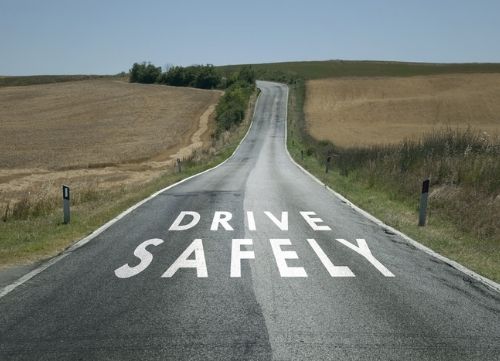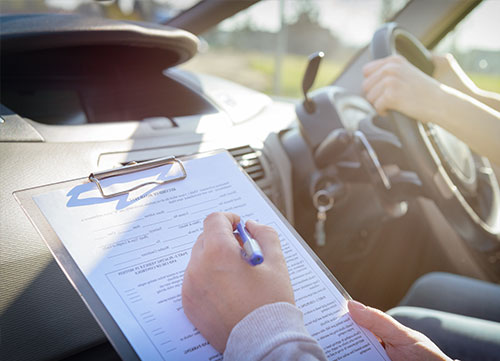The Health and Safety Executive recently updated its road safety guidance for employers whose workers drive or ride a vehicle as part of their regular job.
Last updated in 2014, the newest updates reflect changes in the way people drive, the technologies now commonplace on UK roads, and common employment practices in the working world.
The new guidance covers:
While you can see the full updated guidelines over at the HSE website, here we’ll be running down the headline changes that you’ll want to take note of if you’re involved with a fleet business.
While jobs that involve driving may not be limited to a specific location, the responsibility for driver health and safety still lies with the employer. Just as they would if the drivers were based in a specific building like an office, shop or factory.
This includes workers who use any type of vehicle (including bicycles), and even workers that operate as part of the ‘gig economy,’ driving their own vehicle for company work.

Driving for work is statistically one of the most dangerous parts of any job. The HSE guidance is designed to help your company prevent deaths, injuries and even ill-health as a result of your people driving as part of their job with your company.
Ensuring drivers follow these updated guidelines is also likely to lead to improved workers mental health, as well as more efficiency across your fleet.
In short, anyone who drives a part of their work for a company. That includes:
In short, employer responsibilities for those who drive for work now reach much further than ever before. It therefore pays to be up to date on the latest developments from HSE.
Reporting and investigating incidents
Typical health and safety incidents in the workplace require a safety representative to report the incident and investigate it to identify the underlying causes in the name of making the workplace safer. Until now, that hasn’t been the case with road incidents. That’s all changed with the introduction of the new HSE driving guidelines for planning and managing journeys.
You now must:
Lone workers
Employers are now being given guidance by HSE to take a more active role in managing the health and safety risks to people who work alone. This includes delivery drivers, who HSE says are vulnerable and more susceptible to mental health challenges. HSE advises that employers should train, supervise and monitor lone workers like drivers, and make sure to keep in touch with them, while being responsive to any incidents that happen.
Work locations
Employers should aim to reduce the risk of injuries and incidents occurring both on-site at their own premises by:
Establishing clearly designated spaces for parking and loading.
Vehicle safety monitoring technology
Another of the new additions to the HSE driver safety guidelines is telematics systems, which can help fleet businesses monitor risky driving behaviour.
Specifically, the guidelines say that the managing of telematics systems, along with the way drivers are trained on them and the changes made because of telematics data, are all critical parts of driver safety and must be treated as such.
However, system outputs need to clearly relate to the risk being managed, and businesses should monitor the smallest number of indicators possible that will allow them to effectively manage those risks. HSE gives the example of speed, harsh braking or acceleration, swerving and cornering, being four good indicators of driving behaviour.
Driver induction training

The new HSE updates to driving and riding safely for work also include driver induction training, which it says should cover issues such as:
Driver wellbeing
The page on looking after workers’ health also clearly outlines new HSE guidance on driver wellbeing. This includes the impacts of fatigue, stress, mental health issues and even posture. We’ve already mentioned in several recent blogs how it’s more important than ever that fleet businesses consider driver health, and how drivers themselves should also go about looking after their physical and mental wellbeing. So it’s great to see this further codified by official HSE guidelines.
At SG Fleet, we welcome the changes to HSE safe driving guidelines. Should the worst happen, it’s important fleet businesses know they will be held accountable and will need to demonstrate how they have sought to mitigate risks, both on-site and for drivers on the road.
It’s also important to note that a structured employee car scheme like our Novalease offering can help to mitigate some of those risk factors, alongside measures like checking driving licenses, MOTs and business insurance cover, plus conducting a driver risk assessment as a minimum standard.
To learn how we can help further, visit our Novalease page or get in touch by calling 0344 854 5161 or emailing CSalmon@sgfleet.com.